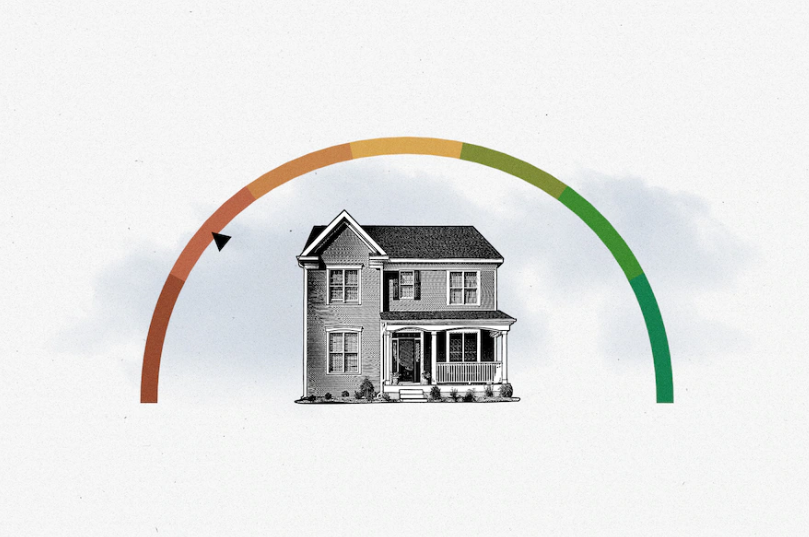Whether you are working remotely, home-schooling or simply hunkering down as the weather gets cooler, spending more time in your home means you’ve had a chance to get up close and personal with all of its quirks. And that may have you wondering, “What is that smell?” or, “Why do I start coughing when I work in my spare room that was converted into an office?”
One possibility: Your home’s indoor air quality (IAQ) could be less than ideal.
Mold, radon, pet dander, tobacco smoke and carbon monoxide can negatively affect your health. “We spend most of our time indoors, so that air is just as important as that on the outside,” says Albert Rizzo, a pulmonologist in Newark, Del., and chief medical officer for the American Lung Association.
Radon, an odorless, colorless gas, is the second leading cause of lung cancer behind smoking. Carbon monoxide, if left unchecked, can be deadly. Volatile organic compounds (VOCs), which are emitted by building materials and household products, can exacerbate respiratory conditions. Other particulate matter may cause shortness of breath, chest congestion or wheezing. It is also linked to an increased risk of cardiological events, says Jonathan Parsons, a pulmonologist at Ohio State University’s Wexner Medical Center. With all these health hazards potentially lurking, what can homeowners do to make sure the air around them is safe?
If you are buying a home, any IAQ issues, especially radon, will probably be noted during the presale certified home inspection. Beyond that, Parsons doesn’t advise patients to have their home air quality tested without cause. “In my clinical experience, most triggers are detected by reviewing a patient’s medical history,” he says. “Poor air quality is real, but most issues are obvious: pets, a wood-burning stove, mold on a wall, things you can see. If you buy or remodel and find a major mold issue, then obviously you need to take care of it, but a spot of mold in your bathtub or on the carpet is easy to self-manage.”
In most cases, the Environmental Protection Agency also doesn’t recommend general home IAQ testing. “Each indoor environment is unique, so there is no one test that can measure all aspects of IAQ in your home,” a spokesperson for the agency wrote in an email. “In addition, no EPA or other federal limits have been set for indoor air quality or most indoor contaminants; therefore, there are no federal standards to compare the results of sampling.”
But if you are coughing, short of breath, wheezing or have chronic headaches, you may need to become a detective. “I ask homeowners to keep a daily journal,” says Jay Stake, president of the Indoor Air Quality Association (IAQA). “Do you feel off when you walk into the kitchen, but good in the office? This helps zero in on the problem and may save you money over having a full indoor air-quality assessment.”
Rizzo agrees. “Be observant. Is there something or someplace that makes your symptoms worse or better? Ask yourself, ‘What has changed in my home? Is there water damage or new carpet? Have I switched detergents or cleaning products?’ One drastic option: Leave your home for a few weeks and see if your symptoms improve,” he says.
From https://www.washingtonpost.com by Laura Daily
Post time: Aug-08-2022

